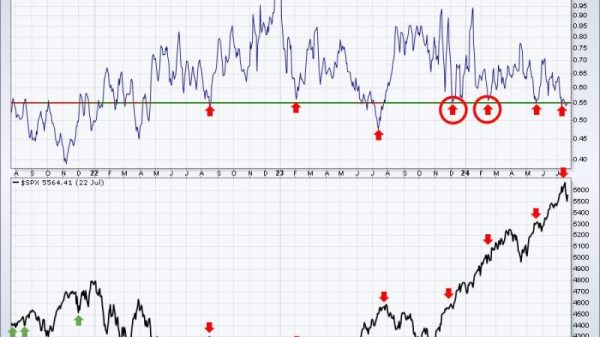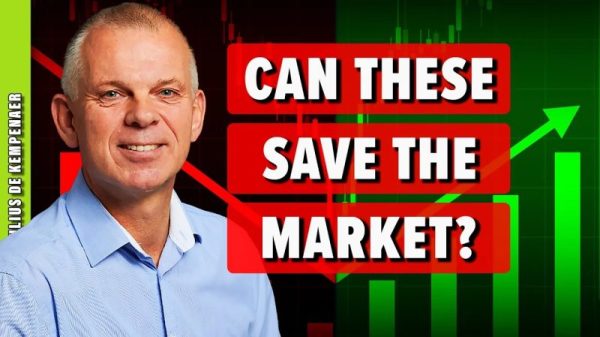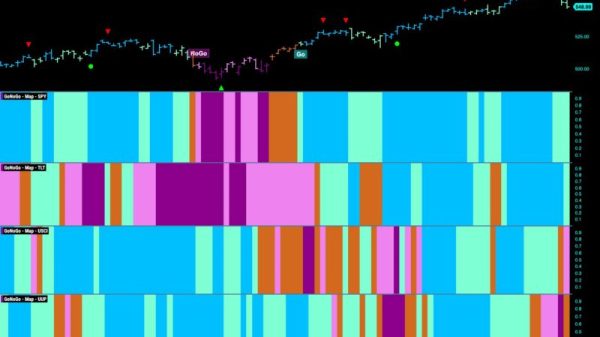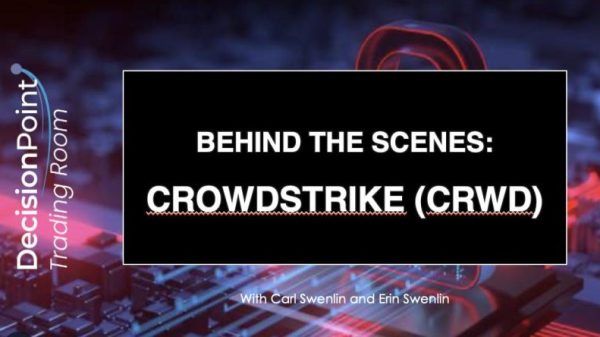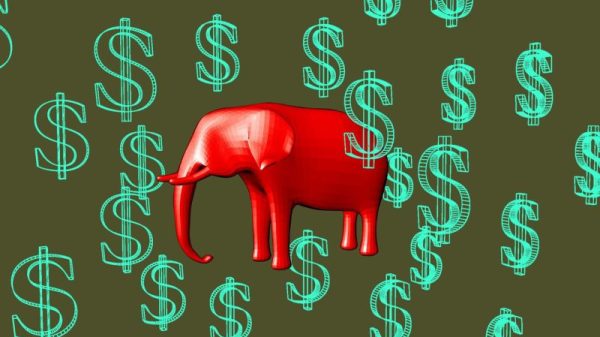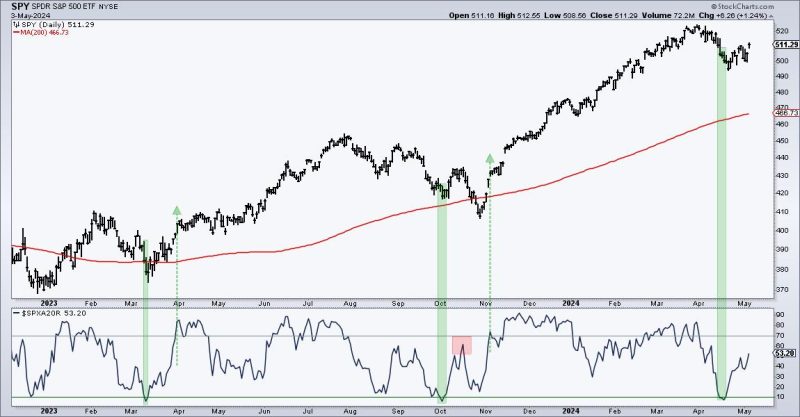In the world of investing, the term dead cat bounce is often used to describe a temporary recovery in the price of a declining asset. Investors and analysts alike continue to debate whether a recent bounce in the stock market is truly a sign of a sustainable recovery or just a short-term blip.
A dead cat bounce occurs when an asset experiences a brief rally in price after a sharp decline, only to resume its downward trend shortly after. The term itself is based on the concept that even a dead cat will bounce if dropped from a great height, but it doesn’t mean the cat is alive. Similarly, a dead cat bounce in the stock market may give the appearance of a healthy recovery, but it may not withstand the test of time.
In the context of the current market situation, some experts argue that the recent bounce in stock prices could be a dead cat bounce. The global economy continues to face numerous challenges, including the ongoing COVID-19 pandemic, geopolitical tensions, and uncertain economic outlook. These factors could weigh on investor sentiment and lead to further downside in the market.
On the other hand, proponents of the bullish case believe that the recent bounce has legs and could potentially signal a more sustainable recovery. Central banks around the world have taken unprecedented measures to support the economy, including lowering interest rates and rolling out massive stimulus packages. These efforts could provide a supportive environment for stocks to continue their upward trajectory.
It’s essential for investors to approach these market dynamics with caution and diligence. While it’s tempting to ride the wave of a strong market rally, it’s crucial to assess the underlying fundamentals of the economy and individual companies. Conducting thorough research and maintaining a diversified portfolio can help investors weather market volatility and protect their investments in the long run.
Regardless of whether the recent bounce is a dead cat bounce or a bounce with legs, one thing remains certain – volatility is an inherent part of investing. By staying informed, exercising prudence, and being prepared for all market scenarios, investors can navigate uncertain times with confidence and resilience. Ultimately, the key to successful investing lies in disciplined decision-making and a long-term perspective.






